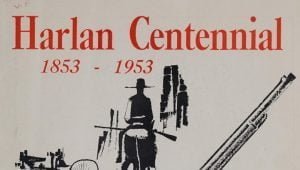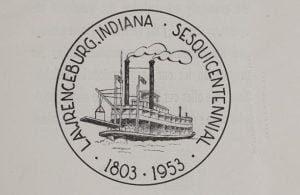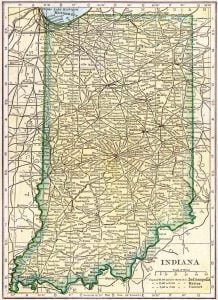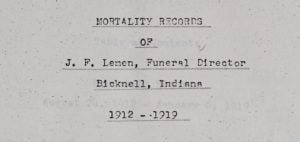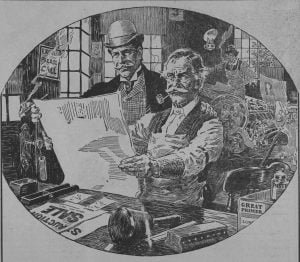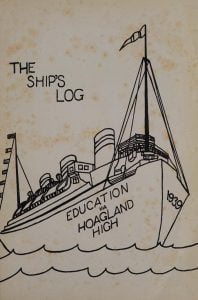History of Farmersburg Indiana, 1853-1953
The Farmersburg Centennial, held from June 14-20, 1953, marked the 100th anniversary of Farmersburg, Indiana, commemorating its founding in 1853. Sponsored by the Farmersburg Community Club, this celebration highlighted the town’s rich history and progress over a century. The centennial events, including historical exhibits, parades, and community gatherings, was not just a reflection on the past but a commitment to building a future that honored the vision and perseverance of its founders. To commemorate this 100yr event, a committee was formed to create this souvenir book showcasing the town’s history.




